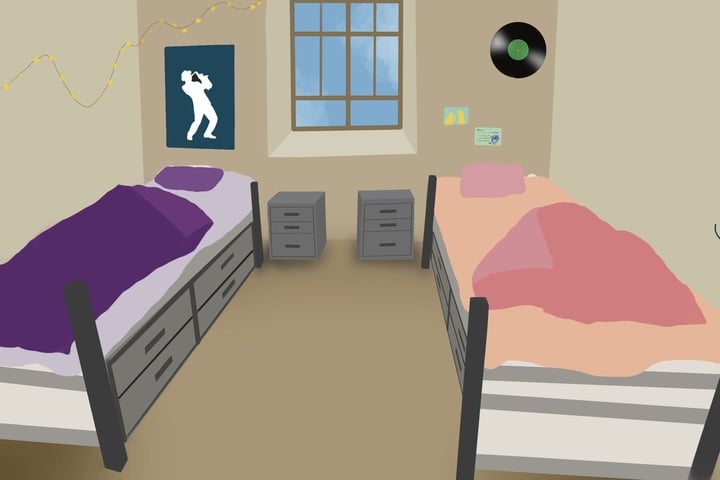When Weinberg sophomore Alex Qiu transferred from the University of North Carolina at Chapel Hill this school year, he had to adjust to a lot of things, including Northwestern’s quarter system.
He said learning the same amount of content as a semester school in less time was a “significant” change.
Sixth-year physics and astronomy graduate student Jorin Graham, who attended Whitworth University as an undergraduate, echoed this sentiment.
“The biggest thing for me when I’m on a quarter system is that it does just move really fast,” Graham said.
In their experiences, quarter system schools move at a faster pace and require a concentrated focus on fewer classes, whereas semester system schools are slower but involve a larger number of courses. Adapting to each system demands a distinct mindset, Graham said.
Northwestern’s quarters include 10 weeks of instruction and are separated by winter, spring and summer breaks. The only break in the middle of a quarter — that lasts more than one day — is Thanksgiving break.
Semester schools offer longer terms and also allow for more frequent breaks.
At UNC Chapel Hill, these breaks took the form of well-being days, which were days without instruction that students could use however they wanted.
“I really miss that, because it acted like a surprise in my life,” Qiu said. “Maybe next week, you will have four days off instead of two, and you don’t have that chance here.”
According to Qiu, one or two well-being days would be offered every few weeks. Some UNC students took advantage of them by going sightseeing in nearby cities, while others used the extra time to prepare for midterms, he said.
However, Qiu added that he found some upsides to NU’s break schedule. Although his summer and winter breaks stayed fairly constant, the meaning of spring break has changed dramatically, he said. At UNC Chapel Hill, Qiu said he spent his spring break in the library preparing for exams. At NU, he looks forward to traveling instead.
Breaks also impact how academic coursework is planned out because the time professors have between quarters or semesters serves as their break and preparation period rolled into one.
Weinberg Prof. Paola Zamperini said she still isn’t entirely comfortable with the University’s break schedule, even after teaching at NU for 11 years.
“It takes a long time to get used to the shorter breaks that you have in the quarter system,” she said, “I find it very brutal that we have to come back the first week of January.”
Zamperini added that humanities professors often have conferences at the end of the first week of January. This means winter break — which is typically around around 4 weeks long — is their time to prepare for classes, conferences and spend time with family, she said.
She added that there is a noticeable difference in how students respond to breaks in the quarter system compared to the semester system.
“In the semester system, because you usually have a longer Thanksgiving break, you have a whole week of break, then students can go home, relax a little bit,” Zamperini said. “(Then) they can finish with more enthusiasm.”
Email: [email protected]
Related Stories:
— What’s New at NU: Transfer students talk about navigating new school
— Pivoting from medical school, NU graduate student researches Parkinson’s disease
— Season’s greetings: How to celebrate the holidays in Evanston






